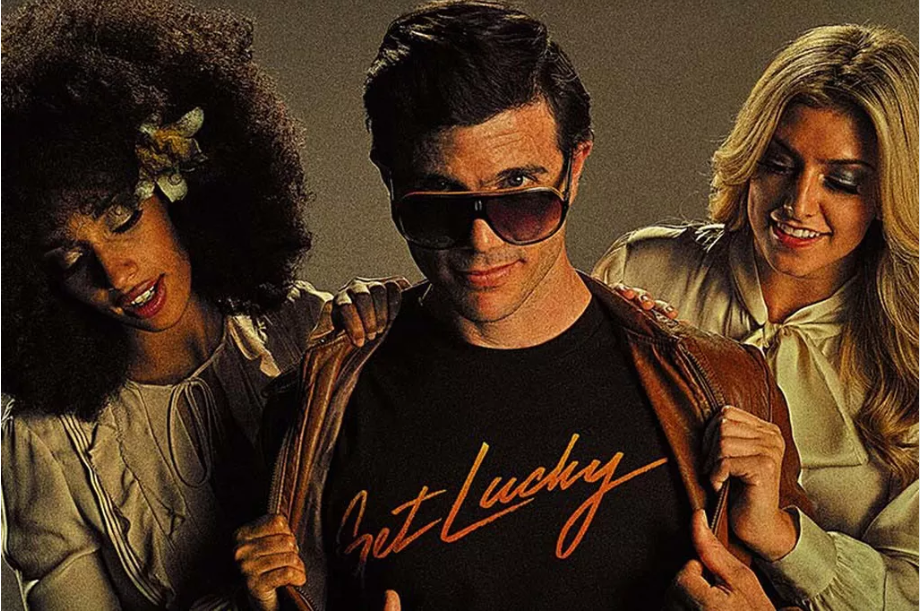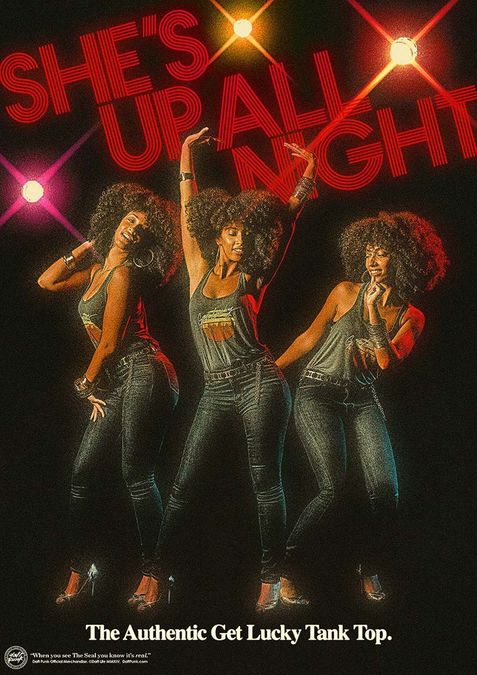|
Written by Ronny Kerr Daft Punk's fourth studio album, Random Access Memories, seemed to have it all. It was ambitious in scope, inspiring in perspective, and momentous in evolving the definition of electronic dance music. Completely unlike anything Daft Punk had ever produced, it was patently a Daft Punk production. But with the album now five years old, one little question still deserves an answer: if this is a tribute to disco, where are the women? Five years ago Daft Punk released the most ambitious album of their career: Random Access Memories. A resounding critical and commercial success, the album marked a stark departure from house music, French touch, and minimalism, the stylistic elements most commonly associated with the electronic music duo. Instead, from the album’s marketing campaigns to the music itself, RAM was a monumental effort by Daft Punk to pay tribute to the golden era of American disco. And it seemed to have everything: Industry perspective. Almost a visceral reaction to the digital excesses of electronic dance music (EDM)—a revolution that Daft Punk helped catapult into the mainstream with their legendary glowing pyramid and pounding house music on the Alive 2007 tour—the duo spun in the opposite direction, deciding to work with analog equipment and professional session musicians with decades of experience in the industry. Intoxicating excess. In spite of its analog quality, RAM would not have been possible without modern technology. Daft Punk revealed that “Touch,” the album’s centerpiece (featuring a quaint, almost showtunes-like verse sung by Paul Williams), is in fact composed of 250 separate tracks—a universe of sound masterfully choreographed across eight beautiful minutes. Sophisticated production. It’s not just “Touch.” In a nod to the music culture that helped spawn Steely Dan’s Aja, RAM is an engineering marvel. Like any EDM album you hear these days, it doesn’t contain a single drumbeat out of place or bassline whose tone drags too long. But it goes way beyond professional playing. Thanks to the half-decade and more than a million dollars Daft Punk invested in the album’s production, audiophiles cite RAM as one of the best sounding records of the century. Nostalgia. Since Daft Punk read a roll call of their influencers on “Teachers” (off their debut album Homework), the duo has been intimately connected with their musical tradition. With RAM, they went a step further by seeking to mimic not just the sound of their predecessors but also the entire aesthetic. From the glamorous, cursive album font (borrowed straight from Thriller) to the Soul Train vibes in the music video for “Lose Yourself to Dance” down to the classic Columbia red label on the vinyl print, everything about the album’s release resembled an album release from the late 70s—or at least how one might have imagined it. Humanity. Perhaps best of all, RAM offers a richly satisfying chapter in the Daft Punk saga. Across their discography, the mysteriously masked duo has toyed with their own identities (are they robots or human after all?); and yet in a world where music has accelerated mindlessly toward digital precision, the robots managed to make their most human music yet. But in spite of my love and appreciation for the album, I can’t help but ask: where are the women? In an interview series leading up to the album’s release, Daft Punk released eight episodes on RAM's primary collaborators: Noah. Julian. Todd. Stéphane. Jason. Giovanni. Nile. Paul. Pharrell. All men. Where was Diana? Where was Gloria? Where the hell was Donna, the Queen of Disco? The interview series simply foreshadowed the full hour-plus album. Somehow Daft Punk masterminded, created, and delivered an audacious, ambitious, critically-acclaimed tribute to disco music without including a single shard of femininity. How is that possible? Even on the most superficial level, it’s a failure. Not counting the robots, RAM includes male vocals on six tracks and not a single female vocal. That’s not a tribute to disco. Even the most mainstream list of the greatest disco songs ever would include Gloria Gaynor, Donna Summer, and Diana Ross alongside the Bee Gees and Michael Jackson. My personal list would look a little different—”Heartbeat” by Taana Gardner, “Love Thang” by First Choice, “Haven’t You Heard” by Patrice Rushen, “I Want Your Love” by Chic, “Love Hangover” by Diana Ross, “Put Your Body In It” by Stephanie Mills—and the male singers would end up seriously outnumbered. The longest song on RAM, “Giorgio by Moroder,” pays deep homage to one of the most influential producers in dance history, but where is the homage to his musical partner, Donna Summer? A cynic may argue that she (and many of her peers in disco stardom) did nothing but get lucky enough to be at the right place and right time singing over those synthesizers, but that’s a strange place to draw the line between talent and superficiality when the entire RAM campaign lifted from the fun, sexy, carefree style of 1970s-1980s disco. And even conceding that argument—that Daft Punk focused on the Max Martins and not the Taylor Swifts—questions remain why they would overlook the influence and impact of “real” musicians from the disco era like jazz pianist Patrice Rushen or, given RAM's lifting from Los Angeles sentimentality, why they wouldn’t want to channel keenly Californian icons like Stevie Nicks. Maybe they simply followed their hearts and intuition, didn’t think twice, or even resisted the urge to simply include women for the sake of including women. Unfortunately, by omitting references to female influence, female talent, and female contributions to disco and 70s music in general, it feels like Daft Punk knowingly or unknowingly reaffirmed an erroneous perspective that men do all the real work and women just offer ornamentation. In the case of Giorgio and Donna, Daft Punk seem to agree that all the Queen of Disco ever contributed were orgasmic moans into the microphone. Maybe it’s something else. Maybe I’m overlooking that the robot vocals—representing Daft Punk’s voice—are supposed to be feminine or at least androgynous. Or maybe the answer is even more obvious: Daft Punk were able to make a masterful tribute to disco music without women because, quite simply, they’re two men with a bias toward male artistry. But after considering the extensive time, money, and creativity that went into making the album, it’s hard to believe the question didn’t once cross their minds. Whatever the answer, it’s clear there’s some deeply critical bit missing from the album. And when I want to feel nostalgic for the disco era, a time and place that neither Daft Punk nor I actually experienced firsthand, I probably won’t be listening to RAM. But I will feel love.
2 Comments
A Disco Devotee
7/9/2018 07:18:43 pm
Donna passed on May 17 2012, exactly one year before the record release date. One must wonder if that date was chosen intentionally. Love this epic point that needed to be made. <3
Reply
awaiken
1/12/2021 06:43:01 pm
They probably didn't want to crowbar in a female driven song if they didn't have the concept or inspiration to do a really good one. I would rather they keep a song off the album if it will be potentially bad/forced rather than just put in a song with female vocals just for the sake of filling a quota. They are definitely not opposed to female vocals in disco inspired music (see their other albums). The album was already very long and I don't think they wanted an even longer album that potentially dragged or went too long. It's like 74 mins. Most albums are about an hour, give or take a few minutes. I'm sure this is why Horizon was kept off the album even though it would have been amazing to include on the album.
Reply
Leave a Reply. |
Categories
All
Blog Archives
July 2024
|



 RSS Feed
RSS Feed